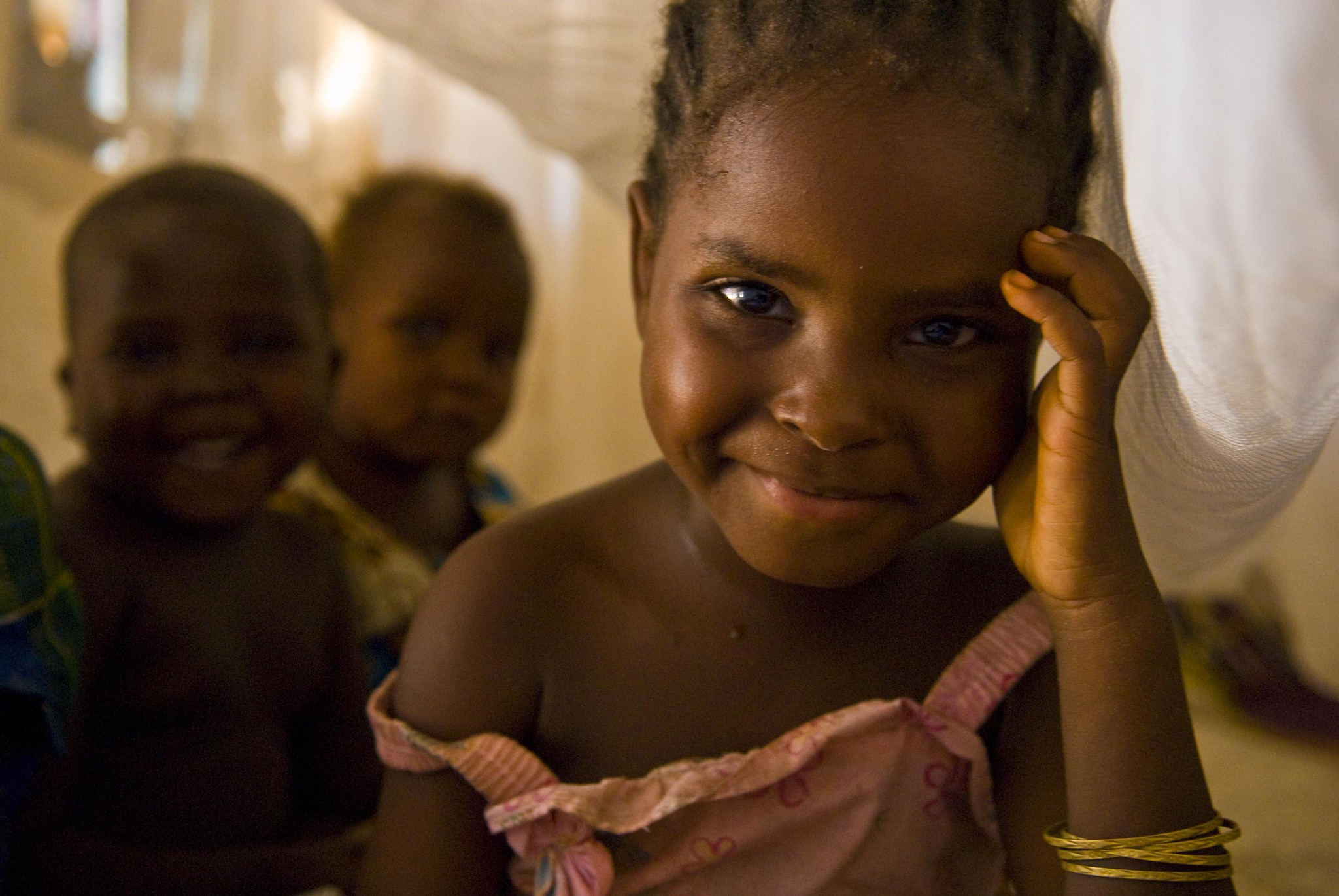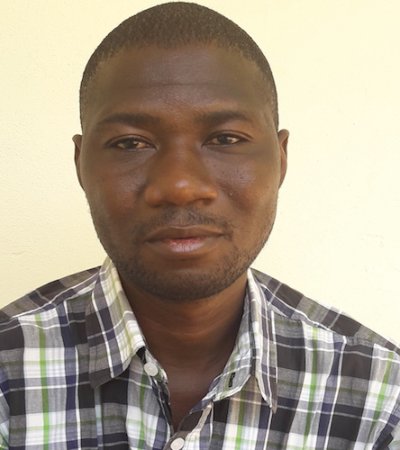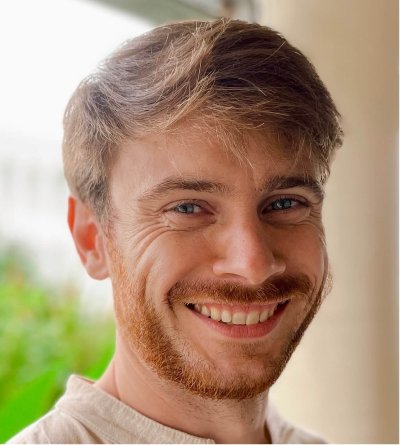Individual participant data meta-analysis from randomised and non-randomised trials of malaria chemoprevention in children to inform optimal deployment policies
Individual participant data meta-analysis from randomised and non-randomised trials of malaria chemoprevention in children to inform optimal deployment policies

Approximately 50 million children across 17 countries in sub-Saharan Africa received Seasonal Malaria Chemoprevention (SMC) in 2022. This involves monthly administration of full treatment doses of antimalarial drugs to prevent malaria in young children (primarily in children under 5 years of age) over 3 to 5 months per year. In most of the initial evaluations of SMC, and in its current deployment, SMC comprises a combination of amodiaquine and sulfadoxine-pyrimethamine (SPAQ). These are old antimalarial drugs (discovered over 60 years ago) which are off-patent and inexpensive to manufacture (less than $1.5 per full course). Until recently, SMC has been deployed only in children aged between 3 months and five years (3-59 months) across the Sahel region of Africa, a belt of intense seasonal malaria transmission. The excellent results of large prospective randomised evaluations of SMC conducted in the Sahel region in the early 2010s showed an ~75% reduction in clinical malaria. This resulted in a policy recommendation for SMC by the World Health Organization (WHO) in 2012.
In 2022, WHO broadened substantially their recommendations for SMC (which was hitherto confined to the Sahel region because of its intensely seasonal high transmission) to other geographic endemic regions in central, and Eastern and Southern Africa - where drug resistance is much worse, and malaria transmission is less seasonal. In these parts of Africa other antimalarials may be better alternative drugs. Both piperaquine and chloroquine have been evaluated in Eastern and Southern Africa where Pfcrt76 mutations shave reverted to wild type, suggesting that chloroquine should be effective. Recent studies in Malawi have evaluated chloroquine for chemoprevention in older school age children.
The effects of age, known resistance mutations and transmission intensity/seasonality on chemoprevention efficacy in young children are not well characterised. Of particular interest is the relationship between prevention of clinical malaria and the prevention of severe malaria (hospitalisation due to malaria), where age is a likely effect modifier. Understanding these relationships will help inform current cost-effectiveness modelling (e.g. as carried out by GiveWell). Also of interest is characterising the minimum inhibitory concentrations (MIC) for the main long acting drugs used for chemoprevention (amodiaquine, piperaquine, chloroquine). For these slowly eliminated drugs resistance can be characterised by changes in MIC, resulting in shorter post-administration prophylaxis. It is currently not known whether there are substantial differences in MIC across target groups.
We propose conducting an individual patient data meta-analysis of all randomised and non-randomised chemoprevention trials in order to determine how age, resistance pattern and transmission intensity affect the efficacy estimates for clinical and severe malaria. Although the majority of the chemoprevention trials in children were conducted in the Sahel, primarily in children under 5 years of age, there is still substantial variation in age patterns and transmission intensities. Where available, pharmacokinetic data will be used to estimate MIC values.
The goal of this study group is to pool data from chemoprevention studies to answer the following questions:
- What is the relationship between age, resistance pattern, transmission intensity and efficacy against clinical malaria (age and transmission as effect modifiers)?
- What is the relationship between the effect on clinical malaria and the effect on severe malaria, adjusted for age and transmission intensity?
- What are the MICs of the long-acting drugs used for chemoprevention (amodiaquine, piperaquine, chloroquine).
Essential inclusion criteria
- Prospective study of seasonal or perennial malaria chemoprevention (randomised or non-randomised), with or without other antimalarial interventions (e.g. long-lasting insecticide treated bed nets, vaccine).
- Study conducted in children (no age limit) living in an endemic malaria area in Africa.
- Data on clinical malaria, severe malaria or death collected at the individual level.
- Data on participant demographics (age).
A systematic review and aggregated meta-analysis published in January 2024 (Thwing et al., 2024) found 12 randomised trials of SMC and 5 non-randomised studies in children with up to 6 monthly cycles. These 12 studies were all conducted in the Sahel with a wide variety of transmission intensities (parasite prevalence varying from 1 to 79%). More recent studies conducted in East and Southern Africa have now been published. We will update the systematic review and put together a living mapping review of studies in malaria chemoprevention. This mapping review will be used to identify relevant studies for this study group.
All studies will be curated by the data team at WWARN/IDDO. After upload to the WWARN Data Repository, data sets will be transformed, standardised, and pooled according to the WWARN Clinical Data Management and Statistical Analysis Plans. All data will be standardised to a unique format using CDISC SDTM.
The Study Group includes investigators who contribute relevant data sets to the pooled analysis. Data sets remain the property of the contributing investigators/institutions. The output analysis will be published in an open access journal with a Study Group authorship model.
The core analysis and writing committee will consist of: Paul Sondo, James Watson, Dhruv Darji, Nick White, Philippe Guerin and any trial investigators who wish to be part of the writing and analysis group.




